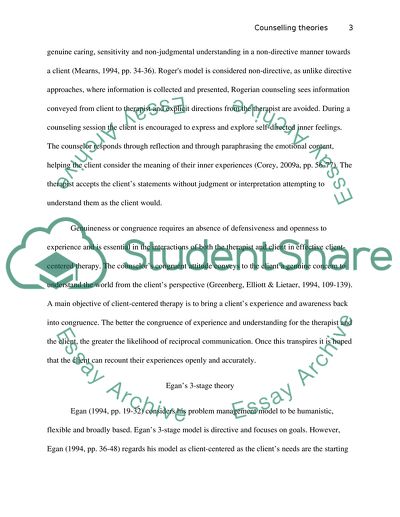Cite this document
(Analysis of Counseling Theories Research Paper Example | Topics and Well Written Essays - 1500 words, n.d.)
Analysis of Counseling Theories Research Paper Example | Topics and Well Written Essays - 1500 words. Retrieved from https://studentshare.org/psychology/1741349-counseling-theories
Analysis of Counseling Theories Research Paper Example | Topics and Well Written Essays - 1500 words. Retrieved from https://studentshare.org/psychology/1741349-counseling-theories
(Analysis of Counseling Theories Research Paper Example | Topics and Well Written Essays - 1500 Words)
Analysis of Counseling Theories Research Paper Example | Topics and Well Written Essays - 1500 Words. https://studentshare.org/psychology/1741349-counseling-theories.
Analysis of Counseling Theories Research Paper Example | Topics and Well Written Essays - 1500 Words. https://studentshare.org/psychology/1741349-counseling-theories.
“Analysis of Counseling Theories Research Paper Example | Topics and Well Written Essays - 1500 Words”, n.d. https://studentshare.org/psychology/1741349-counseling-theories.


